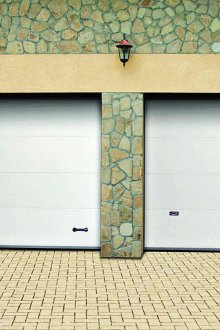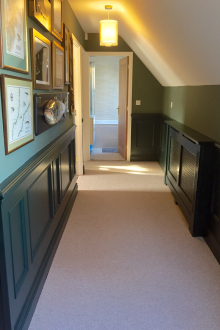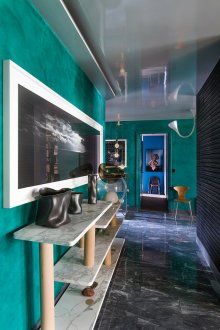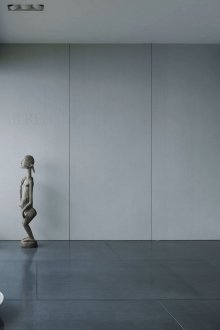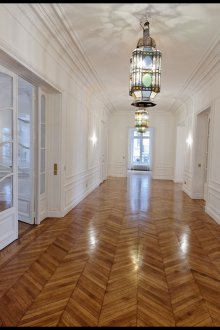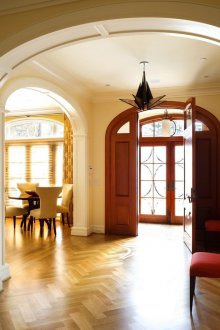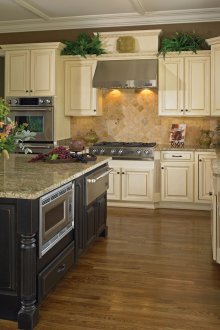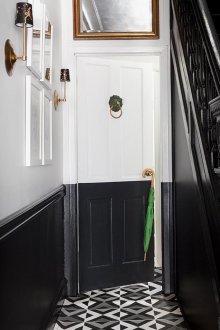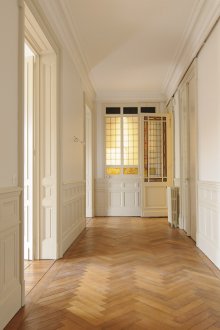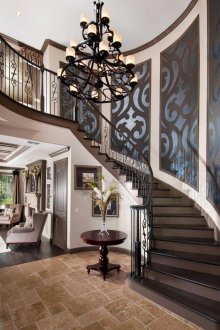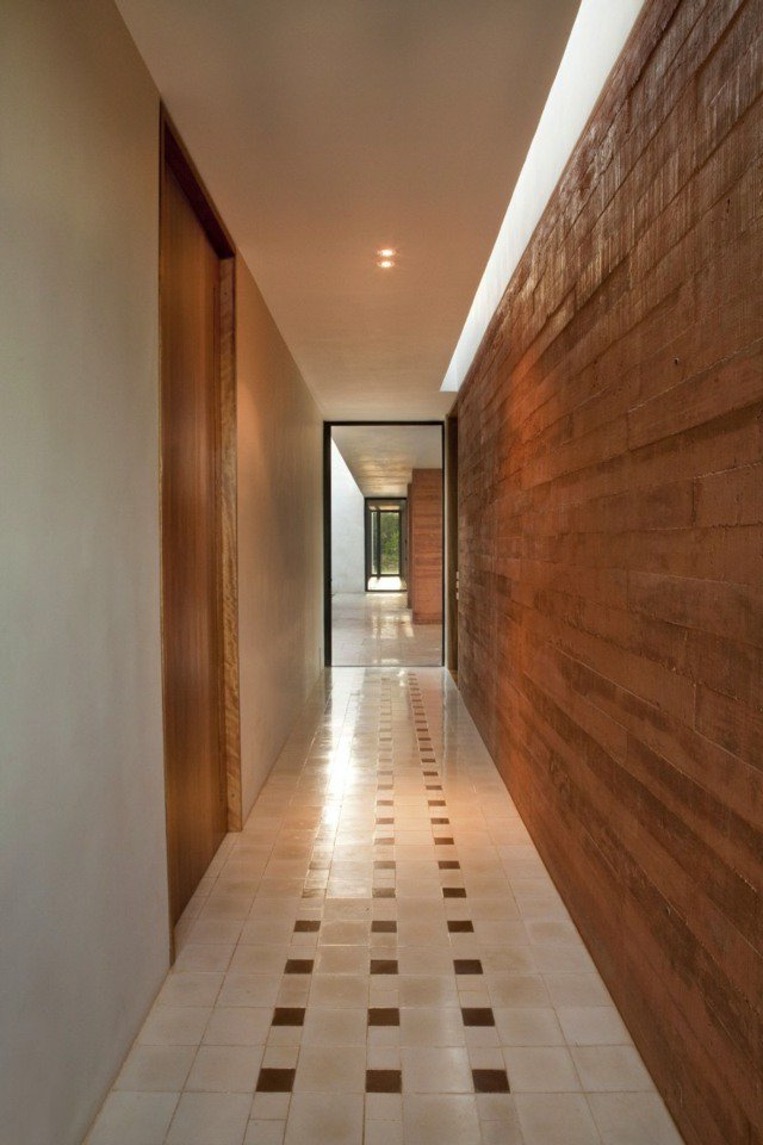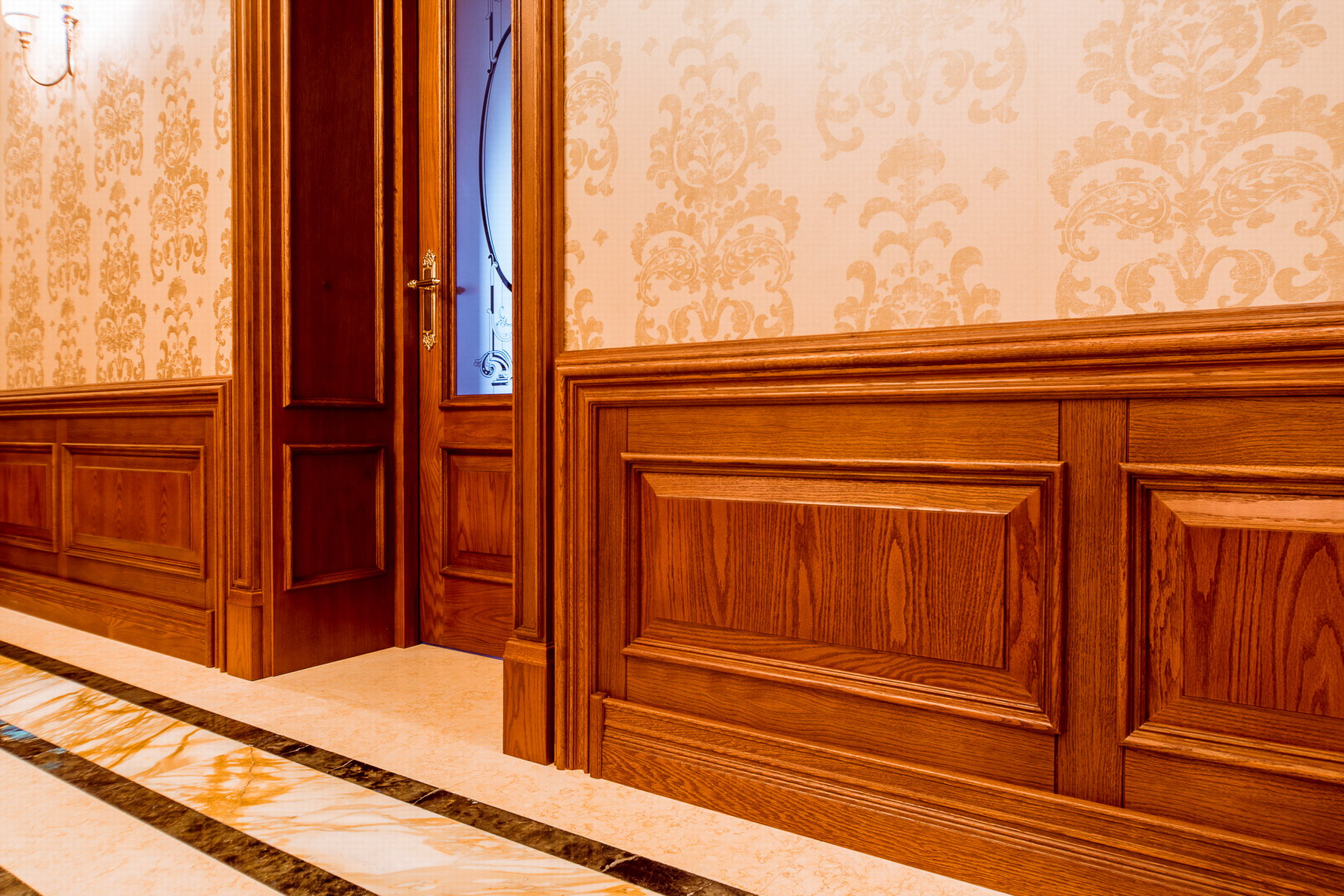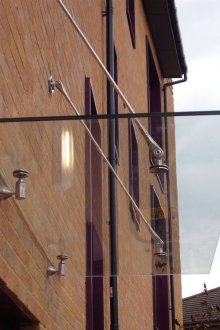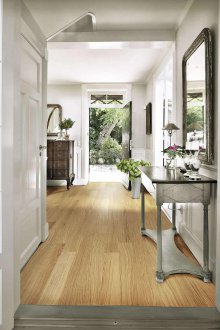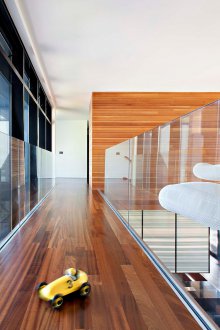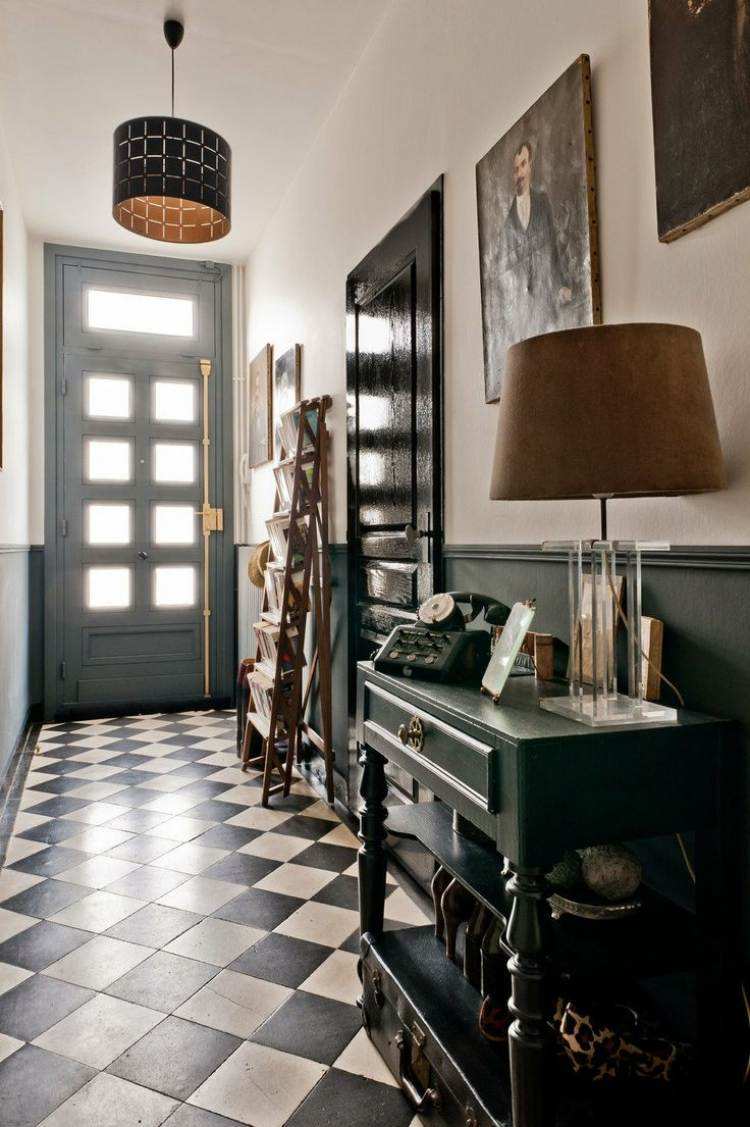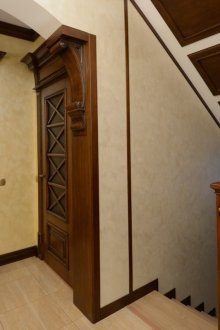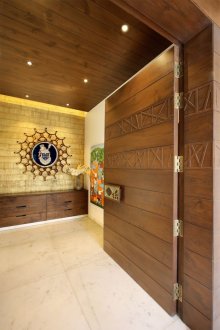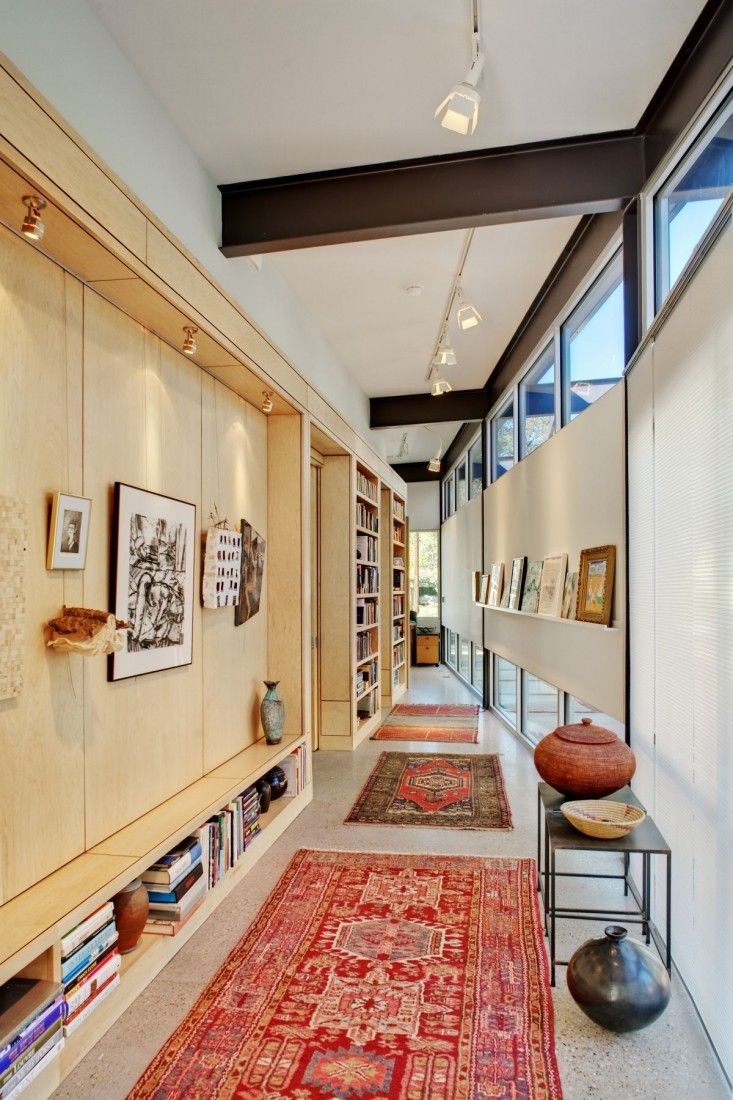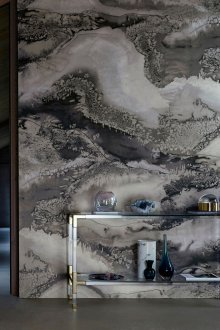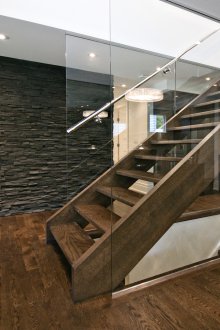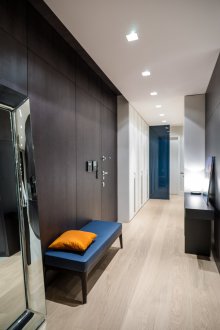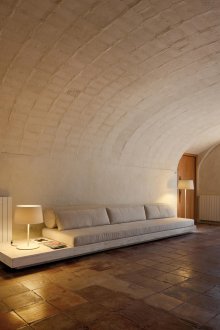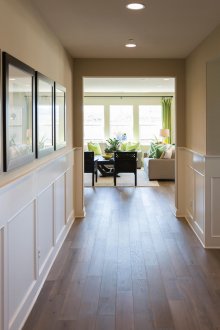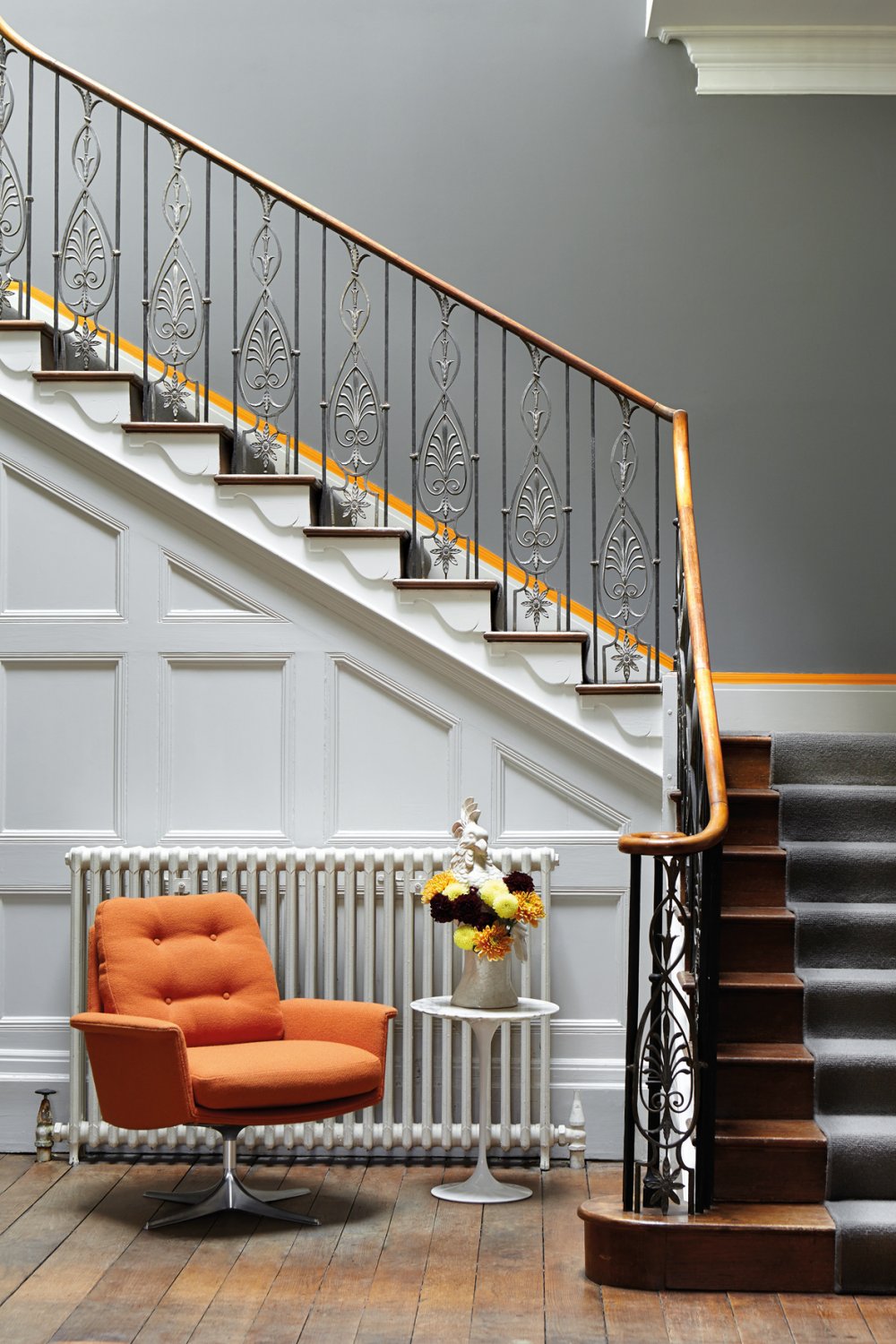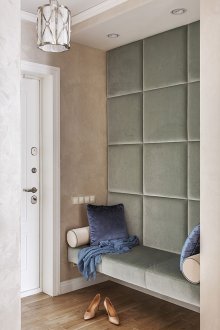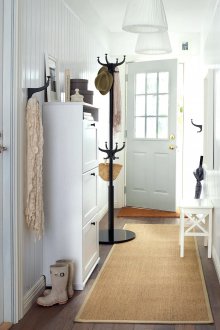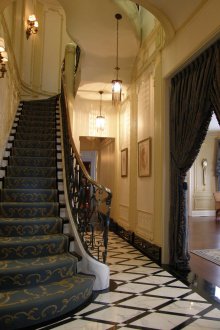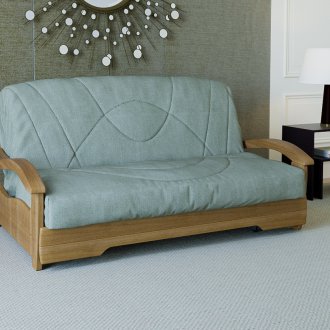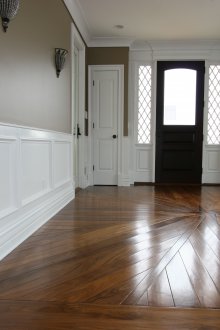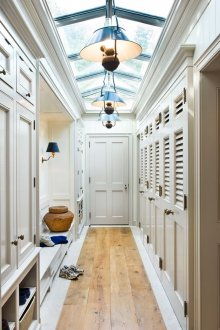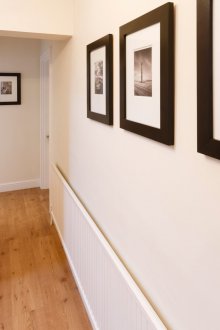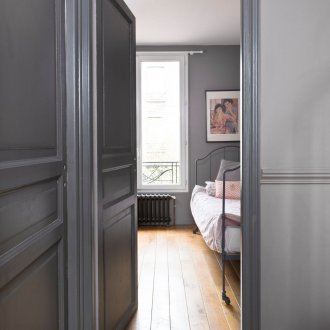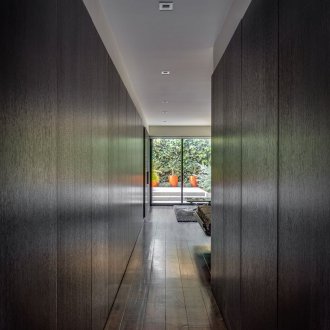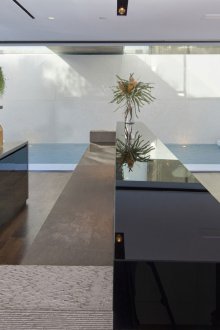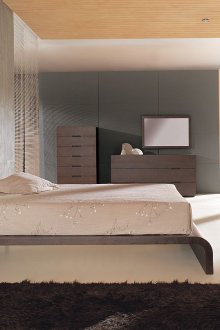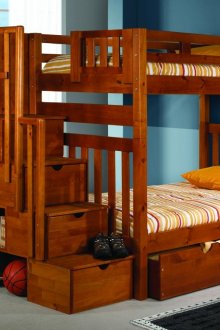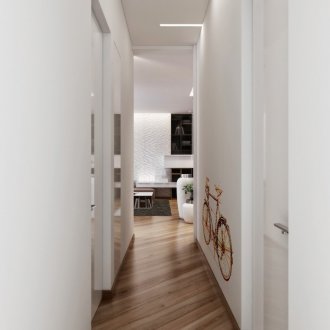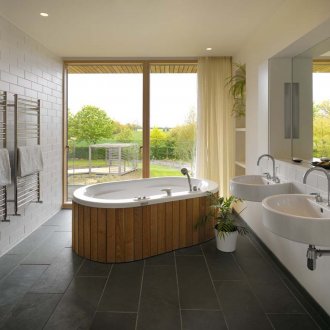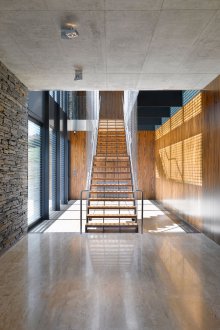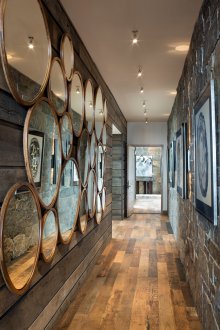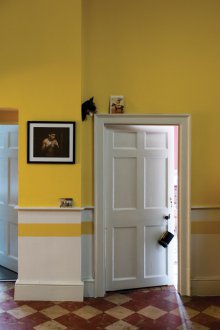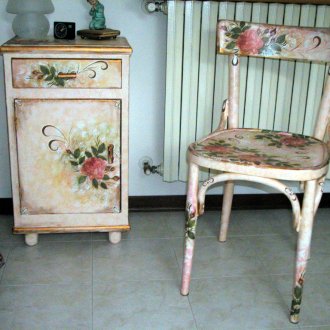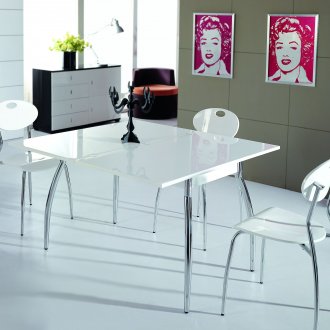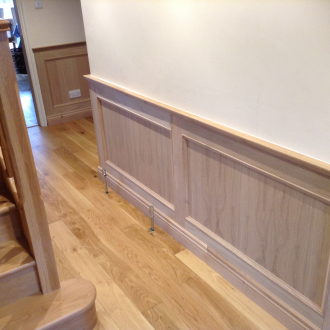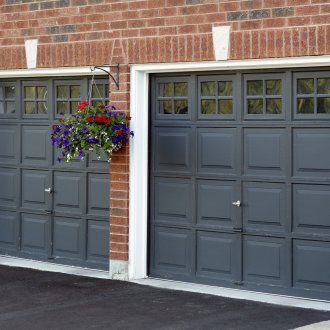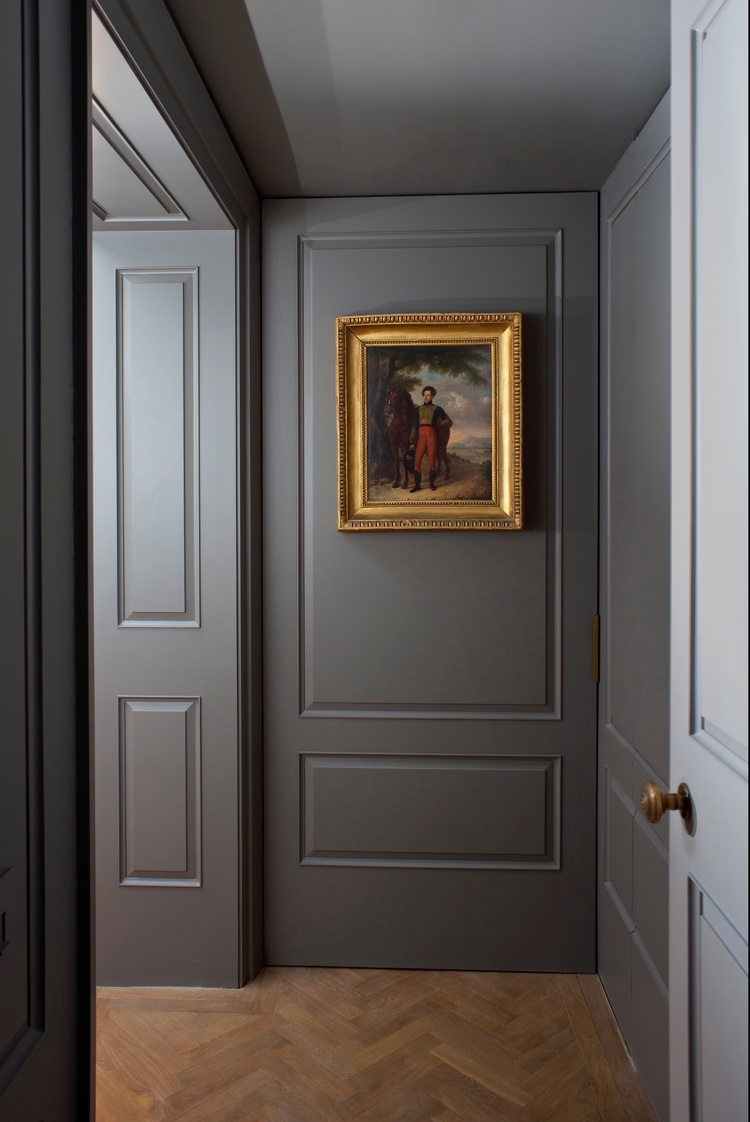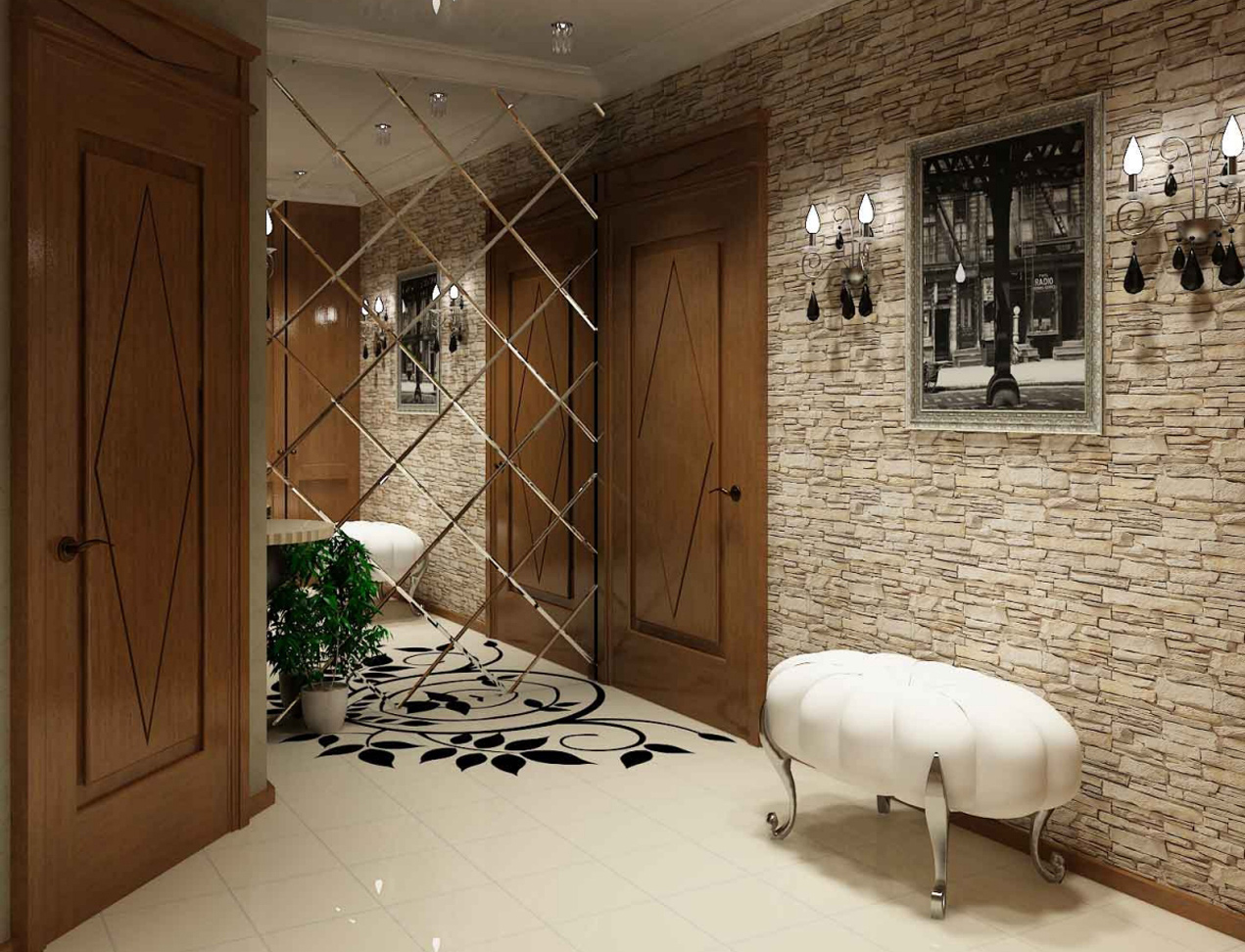Wall panels in the corridor: protection and stylish design (55 photos)
As you know, in the corridor the walls undergo the greatest wear. In this regard, the choice of finishing material must be approached extremely responsibly. Often pasting and painting walls do not last long for their owner. This is mainly due to the operating conditions of the hallway.
Wall panels for the corridor - this is a great way to quickly and efficiently complete the decoration of the room. Such a facing will become a practical solution - it looks beautiful and serves for a long period of time.
Wall panels for the corridor have a lot of undeniable advantages. This is a perfect option for rooms that are most prone to pollution. The main advantages of the panels are as follows:
- High level of resistance to various influences.
- Ease and simplicity of installation of material.
- The ability to replace a damaged item with a new part.
- The ability to veil communications passing through the walls.
- Spectacular and attractive appearance.
- Long operational period.
Wall decoration in the hallway with the help of wall panels requires the use of a special frame, which will be used for fixing MDF, PVC and other types of panels. If the walls are characterized by a high level of strength, then the panels can be fixed with the use of liquid nails. In addition, wall panels are easily fixed to walls finished with plasterboard.
As for the materials, various types of panels can be used to decorate the hallway. These can be MDF, PVC panels, wood paneling, laminate, 3D panels, etc.
Panel Corridor Options
The most common finish for the corridor is plastic panels. They are inexpensive and aesthetically attractive. Such PVC panels can be purchased at any hardware store. These products have a smooth surface, therefore they are easily cleaned as necessary.
Medium Density Fiberboard is an excellent solution for the corridor. They have various types of coverage, based on price and quality. The most inexpensive option is a printed paper coating. The pattern can be varied.
Laminated polymer coated MDF is a modern, reliable and durable coating characterized by ease of care. The length of the panels, as a rule, is standard and is 2.6 meters, the width is in the range of 10-40 centimeters. Docking of elements is carried out using locks.
Finishing the corridor with wall panels is often carried out using a laminate. This material has recently been in high demand, because it is characterized by a wide color gamut. Laminate has a high level of resistance to mechanical damage. For cladding, you can use a thin and inexpensive laminate.
Class 31 laminate is excellent, the cost of which is acceptable. When attaching a laminate, it is advisable to use subtle fasteners.
For an elite interior decoration, a material such as a bowseri is often used in the corridor. This material is presented in the form of a panel made of wood, which is decorated with original carvings. As a rule, the material is varnished from above. Bowseri goes well with varnish and gilding.
The use of structural 3D materials helps transform space beyond recognition. Such hallway panels are thicker and characterized by volume textures. With the help of such panels you can make high-quality seamless cladding. Such panels look spectacular with diffused lighting, which is mainly used in corridors.
Cork panels are a popular solution, despite their high cost. This is due to the fact that this material boasts high performance. It is a light and durable material with high decorative properties.
For wall decoration, laminated chipboards are often used. They feature superior performance and extensive design capabilities. Such material does not wear out over time.
Sometimes, various exotic materials are widely used for wall decoration. It can be glass, fur, natural stone, felt, leather.
Mirror plastic panels are in high demand. Mirror polystyrene is a flexible material that is widely used for non-standard shaped walls. This design makes it possible to make the space bigger and brighter.
Types of Wall Panels
Wall panels for the corridor can be made of natural or artificial material. In stores, they are presented in a wide assortment:
- Rack and pinion. These panels are characterized by compact parameters. Their length is 2.6 meters, and the width can reach 40 centimeters. Fixing is done using a thorn-groove locking connection. Installation can be done both horizontally and vertically.
- Tiled. Such a product is similar in shape to ceramic tiles. The tile may be in the form of a rectangle or square. Fixing is also done using the thorn-groove locking connection. Pattern and texture can be very diverse.
- Sheet panels. These products are made in large sizes. Laying is carried out on a flat surface. There is no need for crates. Fasteners are made with glue, mastic. Such panels are able to serve its owner for more than one year.
The final cost of panels for decoration is compiled under the influence of a large number of factors. The price depends on the type of processing and the material used.
Features of mounting wall panels
Installation of wall panels in the corridor, if desired, can be done by yourself. This is a simple job that does not take much time. The panels can be fastened in a variety of ways.
Fixing to glue is carried out when the wall is perfectly flat. If there are roughnesses, the panel may come off. MDF and fiberboard are predominantly fixed to glue.
Widespread for the home was the method of fixing panels to the crate with glue. This method needs to use methods that help to additionally fix the material. To the crate, it is more advantageous to fix the panels with self-tapping screws. Fastening with self-tapping screws is used in rooms where a phenomenon such as temperature difference prevails. Often panels are attached to the wall using kleimers. With this method, the panel is not subjected to deformation.
If the panels will be installed vertically, it is better to install the panels in a horizontal way. With the help of a level and bars it will be necessary to eliminate all irregularities. The first beam is fixed at a distance of 3-4 centimeters from the floor.
Then you can proceed with the installation of the first panel. Installation is made from the corner. The panel must be installed correctly, without tilting. The second panel is installed in the groove to the first part. Thus, the entire wall is mounted. If necessary, using a jigsaw, the panel can be adjusted to the height of the wall.All the joints formed are sealed using accessories on the glue. All external and internal corners are sealed using special fittings.
Wall panels are a simple and convenient way to transform space with a small amount of effort. Such decor will serve its owner for a long time.
